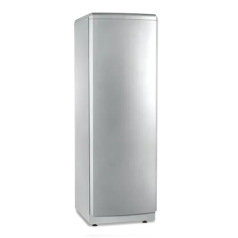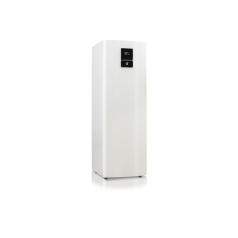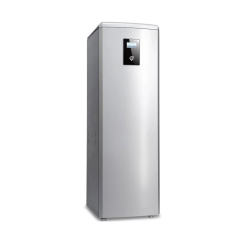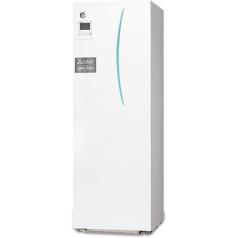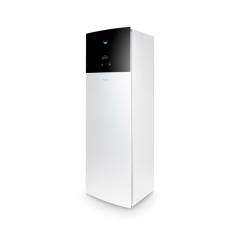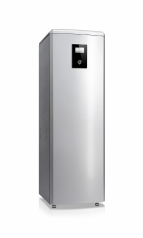Ground source heat pumps
Manufacturer
Price
Ground-to-water or geothermal heat pumps use the heat energy in the ground to provide heating. This can be achieved in two ways - by laying the heat pipe horizontally with one or more arcs, or by preparing a borehole by laying the heat pipe vertically. Both of these ways of installing the pipes have their advantages and disadvantages: horizontal installation is simpler and cheaper, but takes up much more space that cannot be used for activities such as tree planting or gardening. In contrast, a vertical heating pipe system takes up much less space, but is much more complicated to assemble and install (a borehole needs to be prepared and several pipe circuits laid).
Despite the complex installation, ground-source heat pumps are the most efficient type of heat pump. They consume the least electricity relative to the heat produced, can operate efficiently even at low temperatures, and provide a high return temperature (making them suitable for older buildings that only need to replace the heating equipment itself). It is also worth mentioning that although the installation of the heat pipe is time consuming and complex, the installation of the indoor unit itself is no more complex than the indoor installation of a similar air-to-water heat pump and takes up as little space - they can also be purchased with integrated indoor units or, for some manufacturers, with a separate boiler matched to the heat pump design (taking up about the same space as a two-door fridge would).
